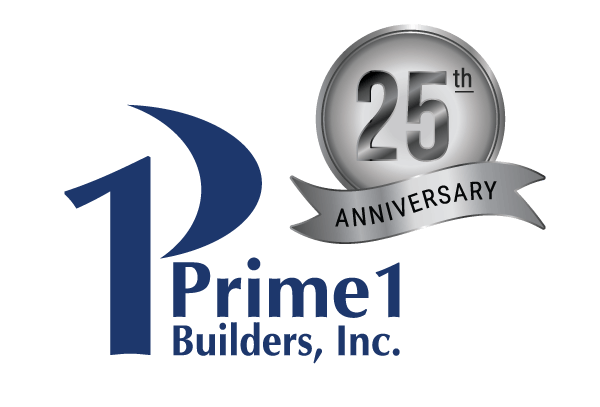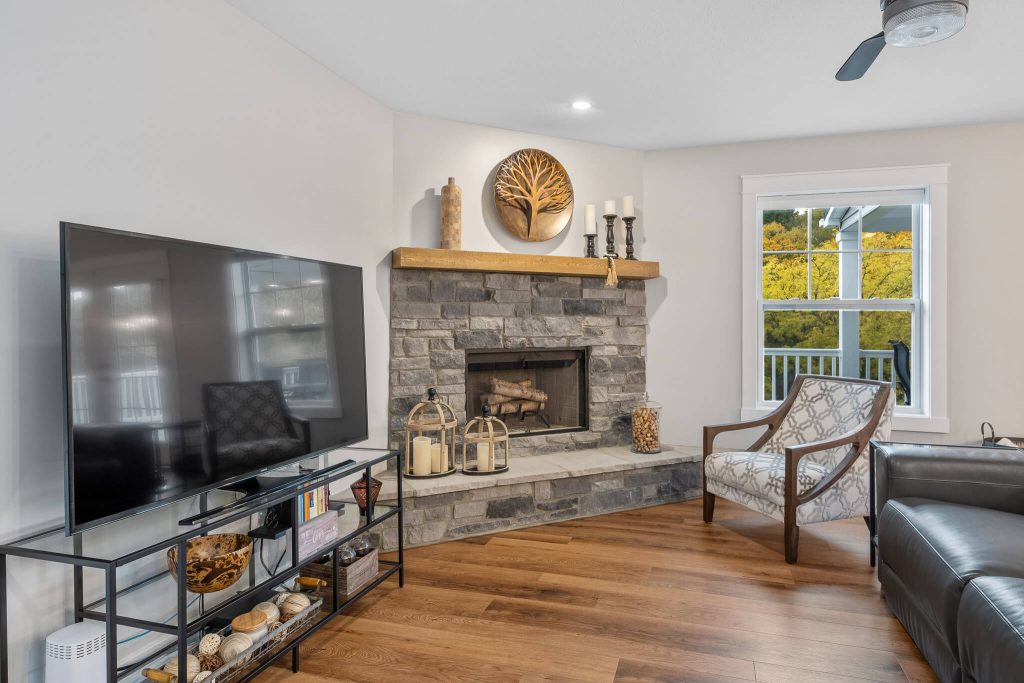When building a custom home in Pittsburgh, one of the first decisions you’ll encounter is choosing architectural style for your home. From traditional to modern, there are a variety of architectural styles that can be used to create the perfect home for you and your family. To make the selection process easier, here is an overview of some of the most popular architectural styles for custom homes in Pittsburgh:
Understand the Different Architectural Styles Popular in Pittsburgh
Pittsburgh’s architectural landscape is as diverse as its history, with styles reflecting different eras and influences. Here are some of the most commonly adopted architectural styles for homes in Pittsburgh.
The Architectural Styles of Pittsburgh (Old and New)
- Row House: The row house style is popular in Pittsburgh’s older, more urban neighborhoods such as Bloomfield or the South Side. They often feature multiple stories and a common wall shared with adjacent homes.
- American Foursquare: This style is primarily known for its boxy shape, symmetrical facade, and front porch. Foursquare homes are usually found in neighborhoods like Squirrel Hill or Friendship.
- Victorian Style: Sometimes called Queen Anne, this style is characterized by steeply pitched roofs, decorative woodwork, and large porches and is a testament to Pittsburgh’s rich history. The city’s older neighborhoods, such as Shadyside and the North Side, boast beautiful Victorian homes that have been preserved and cherished over the years.
- Ranch: This style is characterized by its single-story designs, open floor plans, and large windows. Ranch homes are increasingly common in Pittsburgh’s suburban areas like Mt. Lebanon or Squirrel Hill South.
- Cottage (or Craftsman Bungalow): Cottage style is known for its compact designs, gabled roofs, and inviting layouts. This style is popular among younger homeowners in Pittsburgh, often gravitating towards newer neighborhoods like Lawrenceville.
- American Craftsman: This style is noted for its emphasis on handcrafted elements, and natural materials, and in harmony with the surrounding environment.
- Traditional: Traditional-style homes are typically recognized for their two-story layouts, seamlessly combining modern and classic elements. These include clean rooflines, symmetrical windows, and other modest yet tasteful details.
- Contemporary: This style is characterized by its open floor plans, abundant natural light, and minimalist designs. Homeowners who value simplicity often opt for the contemporary style in Pittsburgh’s newly developed neighborhoods.
The most popular home styles in Pittsburgh today are ranch, bungalow, craftsman, traditional and contemporary. However, depending on your personal tastes and the neighborhood you live in, you may decide to choose one of the more traditional styles.
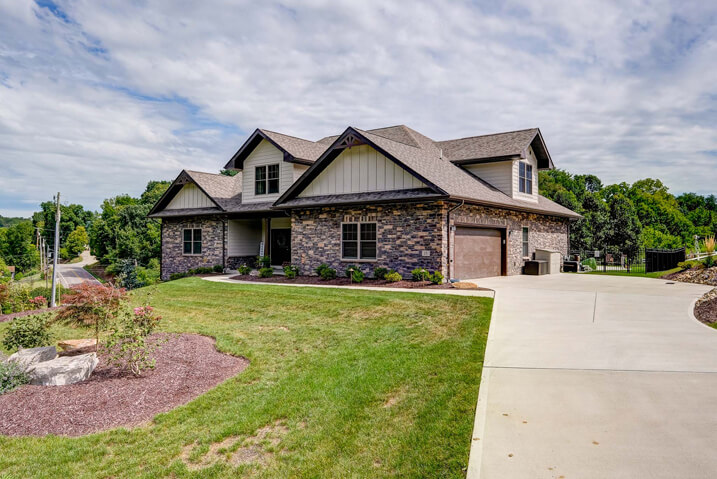
Factors to Consider When Choosing Architectural Style for Your Custom Home
Once you have identified the style that best fits your preferences, there are still several things to consider when determining which type of architecture is right for your Pittsburgh custom home. Here are some questions to ask yourself before making your final decision:
Consider Pittsburgh’s Climate Conditions and Energy Efficiency Requirements
What is the regional climate like? Does the style provide adequate insulation and ventilation for our extreme weather conditions?
Pittsburgh’s climate is marked by cold winters, hot summers, and high precipitation levels (in the form of lake-effect snow and rain). Keep this in mind when selecting an architectural style for your custom home – a well-insulated home with plenty of natural light and ventilation can help keep heating and cooling costs low over the long term.
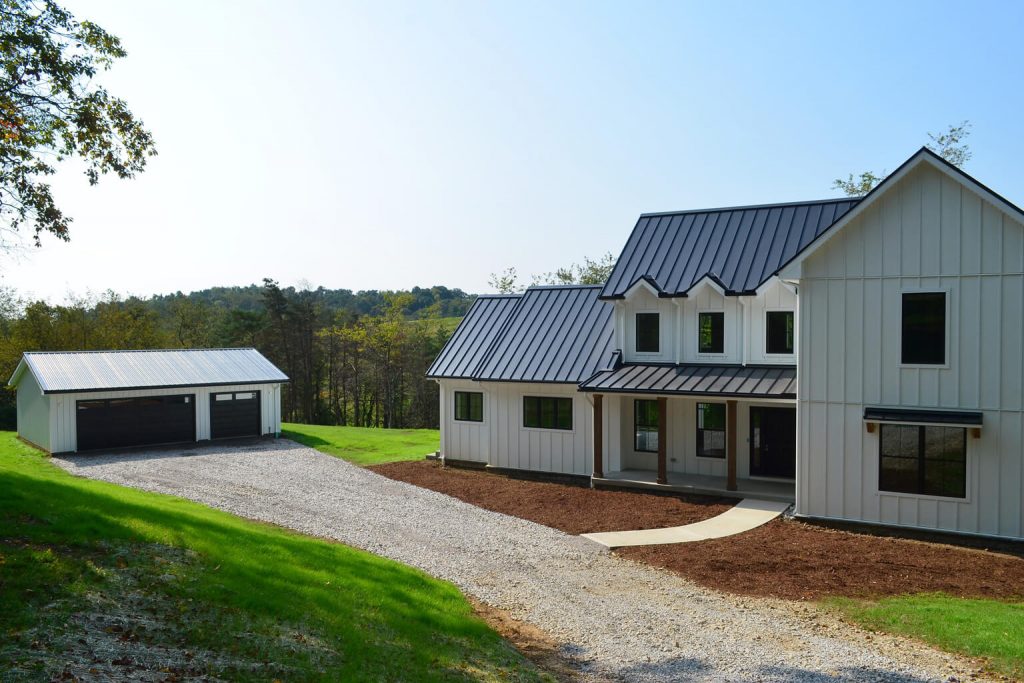
Consider the Neighborhood Surroundings
What is the architectural style of the surrounding homes? Will a drastic departure from that look detract from, or complement my home’s design?
It’s also important to consider the neighborhood when selecting an architectural style for your home. Take some time to explore the area and get a better feel for what kind of homes are prevalent in the neighborhood – is it mostly contemporary, craftsman, or ranch-style homes? While selecting an architectural style, it’s important to be mindful of the context and try to choose something that complements rather than clashes with its surroundings.
Consider Your Personal Design Preferences
Do you prefer a classic style or something more modern? What kind of materials do you want to use? Would you like to incorporate unique features?
Your personal design preferences play a significant role in choosing the right architectural style for your custom home in Pittsburgh. Whether you are inclined towards timeless elegance or sleek modernity, your style choice should reflect your personal taste and lifestyle.
Also, consider the type of materials you want to use. For instance, wood and stone are more suited to classic styles like Ranch and Craftsman, while steel and glass complement Contemporary styles. Incorporating unique features like skylights, fireplaces, or exposed beams can also add character to your home, making it truly one-of-a-kind.
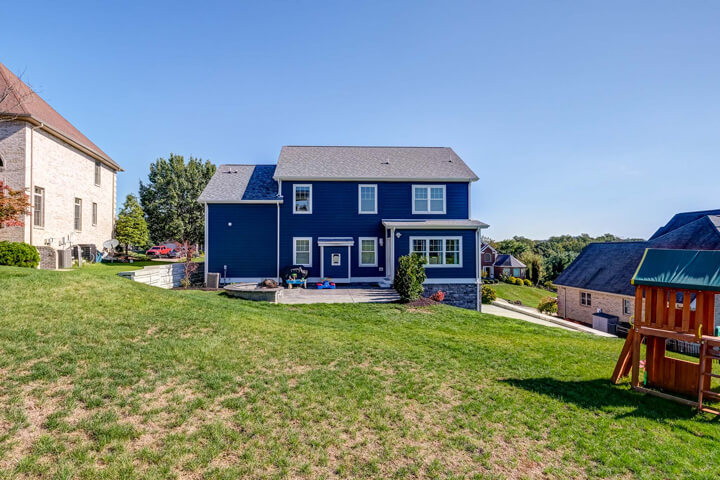
Consider Your Home Could Evolve in the Future
Is there potential for expansion of living space, whether it’s an addition or outdoor living space?
Consider your family size and lifestyle when selecting a home style because you’ll probably want to choose one that can accommodate your needs now and in the future. Many architectural styles can be easily adapted to accommodate an expanding family or changing lifestyle. Additionally, if outdoor living space is important to you, make sure to incorporate this into your design. While you may not build the four-season room, in-law suite or pool right now, you’ll want to make sure you have the space to do so in the future, as we did here with this two-story transitional home in Houston, PA.
Reach Out to Design-Build Professionals
As you can see, there are many factors to consider when choosing architectural style for your custom home in Pittsburgh; however, an experienced builder, like Prime 1 Builders, can help guide you through the process so that your dream home comes to life safely and beautifully.
